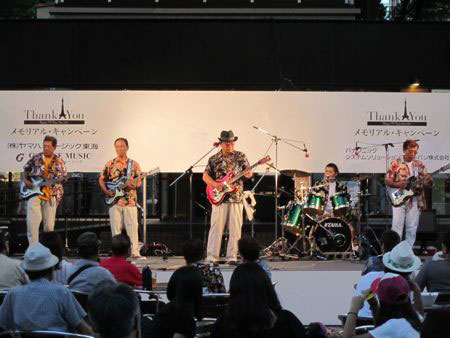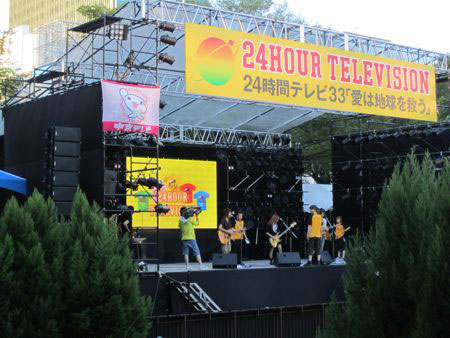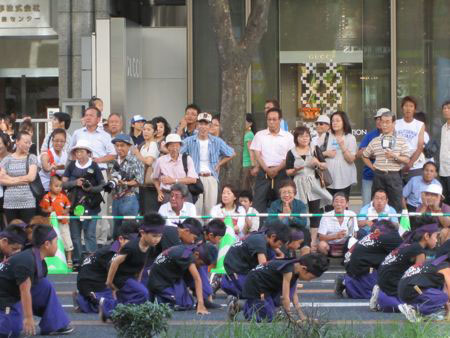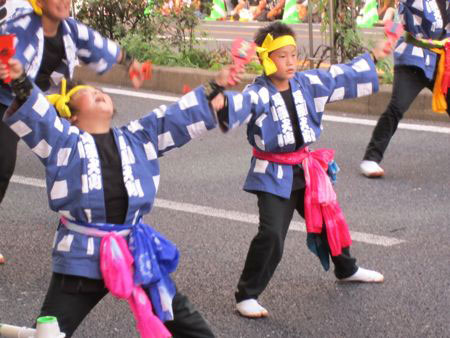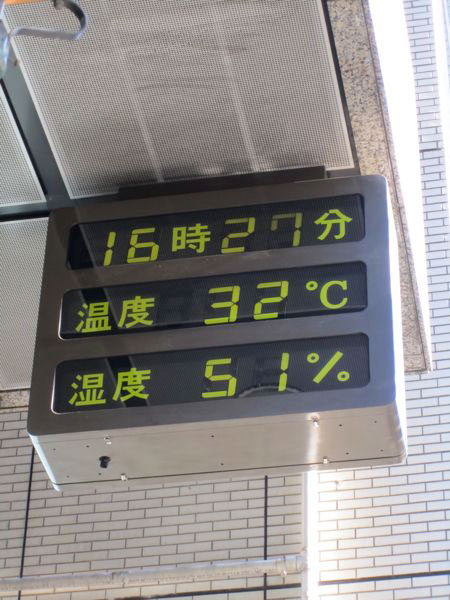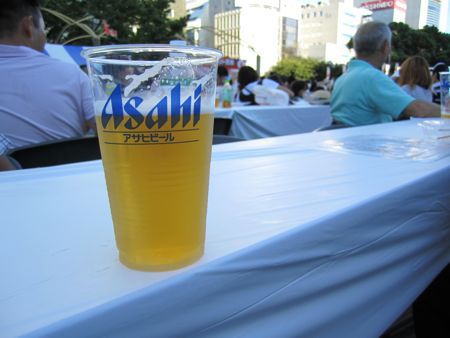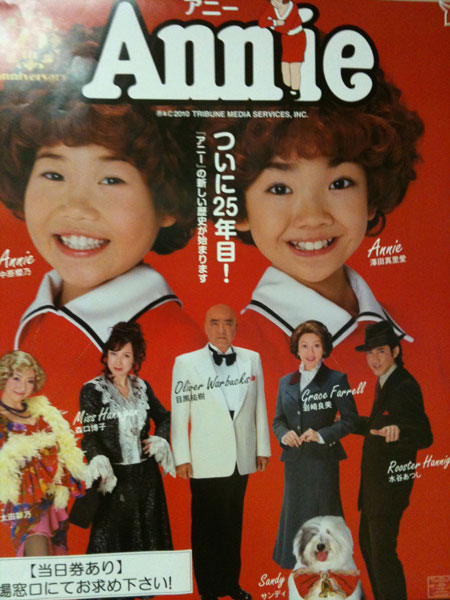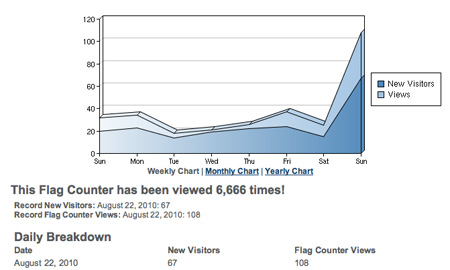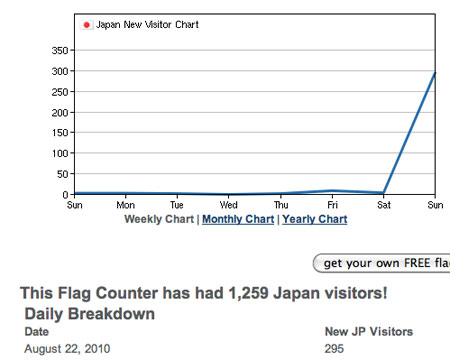I have the New York Times app on my iPhone. It sounds very worthy, I know, but unfortunately I find Twitter and Facebook far more interesting on the train from work. I should be studying vocabulary in that time anyway. I must have had a particularly slow time because I went to my New York Times app and quickly found the article titled, “New Dissent in Japan Is Loudly Anti-Foreign.â€
I thought perhaps that the article would be about the hate buses, which I have previously described. Instead, this article goes on to describe an even more aggressive emergence of ultranationalism. As a matter of fact, the article almost accepts the hate bus as a check and balance on the current system.
According to the article,
… The December episode was the first in a series of demonstrations at the Kyoto No. 1 Korean Elementary School that shocked conflict-averse Japan, where even political protesters on the radical fringes are expected to avoid embroiling regular citizens, much less children. Responding to public outrage, the police arrested four of the protesters this month on charges of damaging the school’s reputation.
More significantly, the protests also signaled the emergence here of a new type of ultranationalist group. The groups are openly anti-foreign in their message, and unafraid to win attention by holding unruly street demonstrations.
Since first appearing last year, their protests have been directed at not only Japan’s half million ethnic Koreans, but also Chinese and other Asian workers, Christian churchgoers and even Westerners in Halloween costumes. In the latter case, a few dozen angrily shouting demonstrators followed around revelers waving placards that said, “This is not a white country.â€
The article goes on to describe the emergence of this new nationalism through the internet and blames the rise on socioeconomic issues plaguing the country.
What is interesting, and disturbing, is the hate buses are almost revered and accepted for their professionalism and place in Japanese society.
They are also different from Japan’s existing ultranationalist groups, which are a common sight even today in Tokyo, wearing paramilitary uniforms and riding around in ominous black trucks with loudspeakers that blare martial music.
This traditional far right, which has roots going back to at least the 1930s rise of militarism in Japan, is now a tacitly accepted part of the conservative political establishment here. Sociologists describe them as serving as a sort of unofficial mechanism for enforcing conformity in postwar Japan, singling out Japanese who were seen as straying too far to the left, or other groups that anger them, such as embassies of countries with whom Japan has territorial disputes.
Members of these old-line rightist groups have been quick to distance themselves from the Net right, which they dismiss as amateurish rabble-rousers.
“These new groups are not patriots but attention-seekers,†said Kunio Suzuki, a senior adviser of the Issuikai, a well-known far-right group with 100 members and a fleet of sound trucks.
But in a sign of changing times here, Mr. Suzuki also admitted that the Net right has grown at a time when traditional ultranationalist groups like his own have been shrinking. Mr. Suzuki said the number of old-style rightists has fallen to about 12,000, one-tenth the size of their 1960s’ peak.
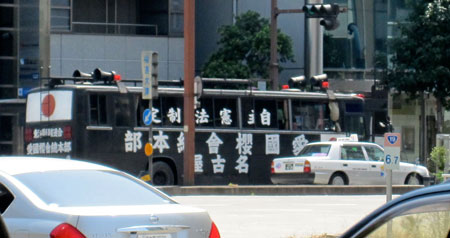
Perhaps even more telling is that the “new Net right†don’t think they are racist. Instead, they model themselves after the Tea Party movement in the US. Hmmmm, as much as I don’t like the Tea Party movement (I liked them SO much better when they were tea bagging (snicker, snicker)), I don’t think they are this extreme. Although, who knows. I haven’t been to one of their tea ceremonies yet.

